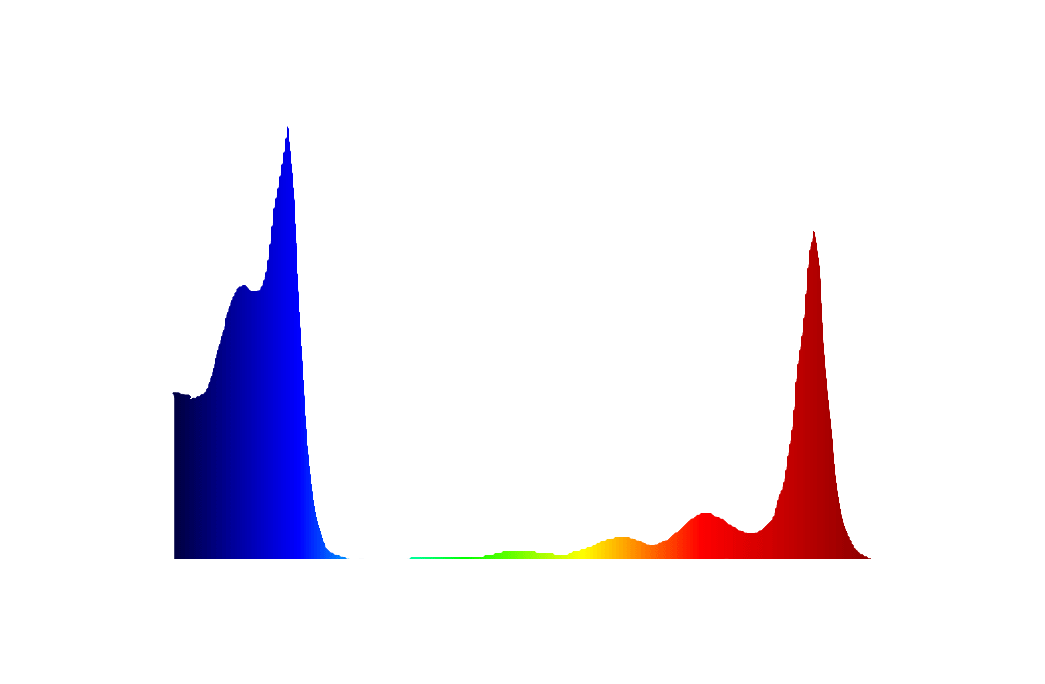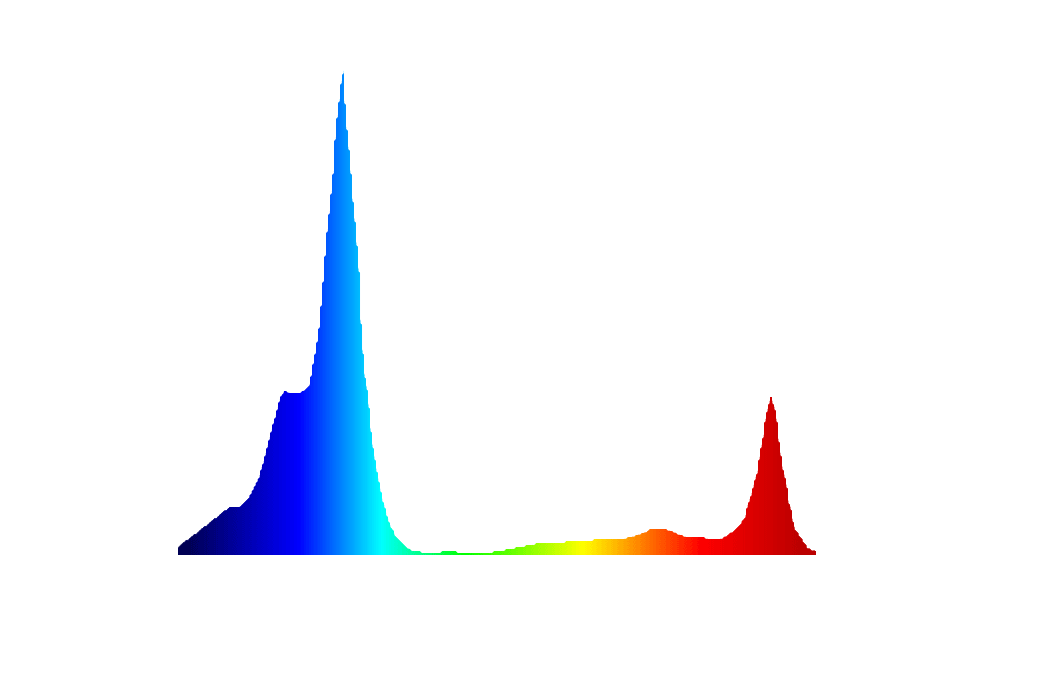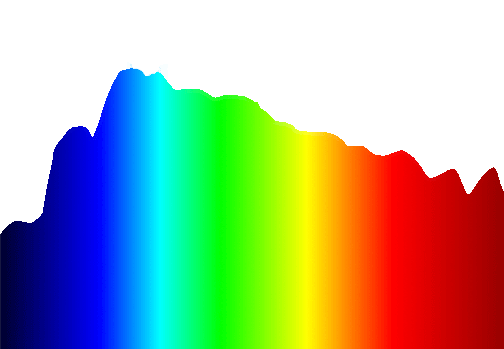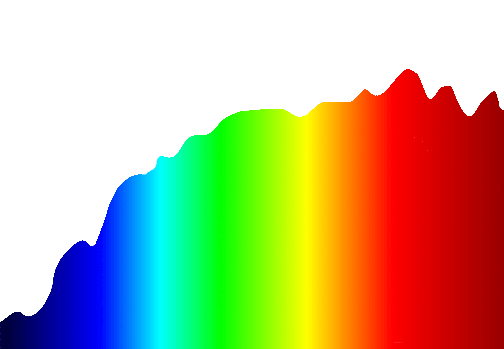
LED Grow Lights for Horticulture
$149.00
PhotonTube™ T8 LED Grow Light Tube for Horticulture
$95.00
PhotonBlast™ LED Grow Light Fixture
$149.00
PhotonPanel™ 100W Grow Light Panel
$79.00
PhotonTube™ T5HO LED Grow Light Tube for Horticulture
$89.00
200 Watt DC Power Supply for PhotonPanel™
Calculators and Tools
Introduction to PAR: PPF and PPFD
Digital agriculture is here
As the world's population continues to increase, our ability to sustainably grow food using traditional farming methods is being tested. Traditional farming is extremely climate and location dependent, which makes it difficult to grow food without relying on costly shipments from other regions.
With the advent of vertical farming and greenhouses, growing food indoors in a climate controlled facility has become a reality. By placing these grow facilities near population centers and taking advantage of vertical space, transportation costs of fresh produce can be reduced significantly, and fresh strawberries can be harvested in the middle of winter. Because these facilities are located indoors, pests and other diseases can be controlled and kept out, reducing the need to rely on pesticides and insecticides.
Photosynthesis is the core process in which plants create energy from light, and allow for growth. In an indoor grow facility, natural daylight is nonexistent or insufficient, and therefore artifical lighting must be provided as a substitute or supplement to natural daylight. Achieving the sufficient quantity and quality of light is one of the biggest hurdles to successfully achieving cost effective yields.


Grow lights go quantum with LED
LED technologies have opened up new opportunities in efficient and effective spectral control never seen before, and this has allowed LED grow light technology to be a viable substitute for natural daylight. Lighting for plants must be discussed at the quantum level, where the total amount of light is measured in the number of photons.
The line between breaking even on electricity costs as well as grow quality, however, is very thin. An in-depth understanding of photosynthesis and plant growth at the quantum level is therefore necessary to successfully grow plants using LED lighting alone. Specifically, at Waveform Lighting, we see shortcomings in metrics such as Photosynthetically Active Radiation (PAR) because it provides weightings for photons between 400 and 700 nm, indiscriminately. It is our philosophy that taking a closer look at the number of photons being emitted at each wavelength is critical for achieving more efficient and healthy plant growth.
What is needed in an LED grow light?
The primary objective of an LED grow light is to efficiently deliver the necessary light to a plant so that it can perform photosynthesis and grow quickly and healthily. We must therefore look at the wavelengths of light that chlorophyll, the primary pigment responsible for absorbing photons, absorb most efficiently, and secondly, how much light is needed.
Spectrum Considerations
Below is a spectral diagram showing the absorption spectra for chlorophyll A and chlorophyll B, respectively.
Chlorophyll A
Chlorophyll A has peak absorption in both the blue and red parts of the spectrum. Wavelengths between 380 nm and 450 nm are absorbed very well, with a pronounced peak at 430 nm. In the red region, wavelengths 600 nm and above are absorbed, with a sharp peak at 660 nm. What this tells us is that providing light at 430 nm and 660 nm will allow chlorophyll A to very efficiently convert photons into energy for the plant.

Chlorophyll B
Like chlorophyll A, chlorophyll B has peak absorption in both the blue and red parts of the spectrum as well, but it absorbs blue light much more efficiently. A very strong peak at 450 nm dominates the blue region of the spectrum, but absorption sensitivity continues down towards 420 nm. The primary red peak absorption occurs at 640 nm, but absorption occurs at across a relatively wide range between 600 and 660 nm.
From these chlorophyll spectra, it is clear that both blue and red light work well for allowing plant photosynthesis to occur. In particular, peak wavelengths at 430 nm, 450 nm, 640 nm and 660 nm are essential for efficient growth. It is important to provide plants with a balanced "diet" of different wavelengths, however. Just like a human bodybuilder, in addition to needing to consume sufficient amounts of protein, a balanced diet of vitamins and various food groups is necessary for health. Similarly, plants can be encouraged to grow quickly with both blue and red light; however, it is critical that they also receive light across the spectrum. We know that natural daylight is extremely effective for healthy plant growth, so we take a look at natural daylight spectra, as shown below.

Summer Daylight
Natural daylight has a continuous and extremely wide coverage across the spectrum. In particular, summer daylight is characterized by relatively equal amounts of energy at all wavelengths.

Fall Daylight
As the seasons change from summer to fall, the spectrum of light that reaches the ground also changes due to the lower angle of the sun. In particular, there is significantly more energy in the orange and red regions of the spectrum. This is a key shift for plants who depend on this to signal changes in their growth to reproductive strategies such as flowering and fruit production.
Our grow light spectra address both the needs of photosynthesis and overall plant health, while keeping LED efficiency values in mind. We have further refined our light recipes to account for spectral changes in nature that induce certain processes such as flowering and fruit production.
Intensity Considerations
Even if an optimal spectral distribution is achieved, if there is simply not enough light intensity, successful growth will not happen. The total amount of light delivered to a plant is measured as its Daily Light Integral (DLI) and is measured as the total number of photons delivered over a 24-hour period. Depending on the plant species, this value will vary, and you may need to do some experimentation to verify this for your particular setup. That being said, most low-light plants such as lettuce and spinach require about 5 - 10 DLI, while other high-light plants will require upwards of 20 DLI.
All of our grow light products are rated in DLI units for your convenience.
What are full spectrum LED grow lights?
LED grow light technology is relatively new. One of its advantages is the ability to produce a multitude of different emission spectra. In this article, we discuss what constitutes a full spectrum LED grow light and whether they are advantageous for plant growth. What is a tradition...Read MoreOptimal distance between plants and LED grow lights
What is the optimal distance between plants and LED grow lights? This is a common question among indoor growers who are trying to maximize their yield while reducing electrical costs. With metal halide (HID) and sodium lamps, a significant amount of heat is generated by the lamp itself, and much of the em...Read MoreWhat is the difference between PPFD and PPF?
If you're looking to understand how grow lights compare, you likely have come across the metrics PPF and PPFD. However, you might be confused about what these metrics mean, and how you can make sense of them to make an informed purchasing decision. In this article we go over the basic differences between ...Read MoreMicromoles to moles conversion and definition
A micromole is a unit of measure defined as 10-6 (one-millionth) of a mole. The symbol for micromole is commonly umol or μmol. A mole is defined as approximately 6.022140857 x 1023, so therefore a micromole can also be defined as: 1 μmol = 6.022140857 x 1017...Read MoreConvert Lux to PPFD - Online Calculator
Lux: ...Read MoreConvert PPFD to Lux - Online Calculator
PPFD (umol/s/m2): ...Read MoreConvert Lumens to PPF - Online Calculator
Lumens: ...Read MoreConvert PPF to Lumens - Online Calculator
PPF (mol/s): ...Read MoreDaily Light Integral (DLI) Calculator
Daily Light Integral (DLI) is a measure of the aggregate amount of PAR light that a surface receives over the course of a day. It is a very useful metric to determine if a particular location receives sufficient amounts of light for plants to grow well. Low light plants require between 5-10, medium light ...Read MoreWe Replaced T5HO Fluorescent Grow Lights with LED T5HO - Here's What Happened
T5HO fluorescent grow lights have been around for some time, and have been a popular option for providing plants and seedlings with sufficient light for indoor growing. Although they generally provide light that's "good enough," advancements in LED technology have been rapidly progressing in recent years and are definitely ...Read MoreWant to learn more?
Visit our product support center to learn more about our products. Download spec sheets, test reports and reach out to us with any questions.